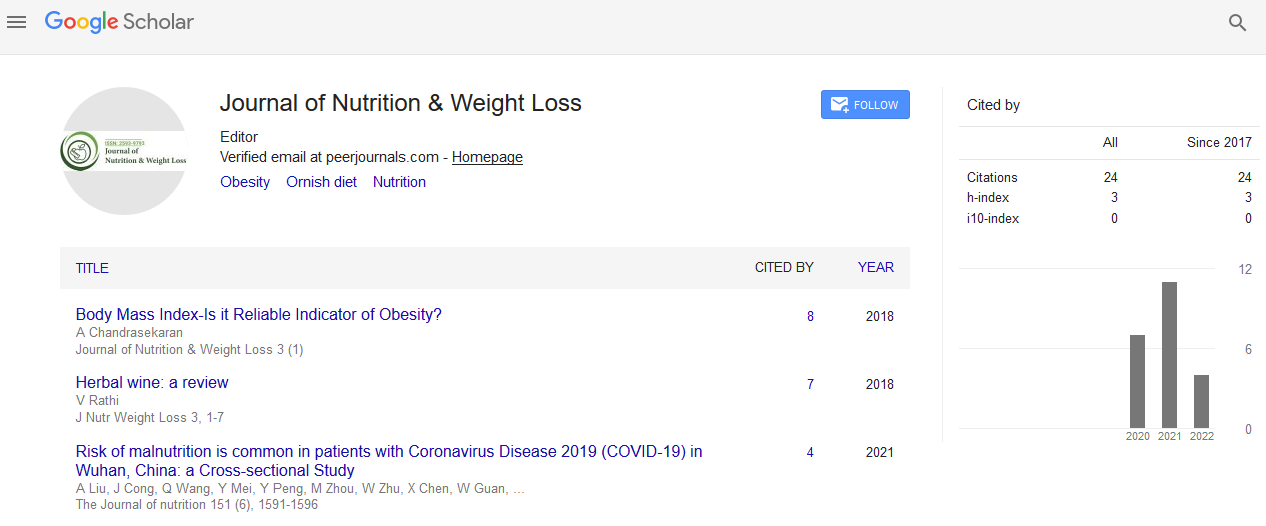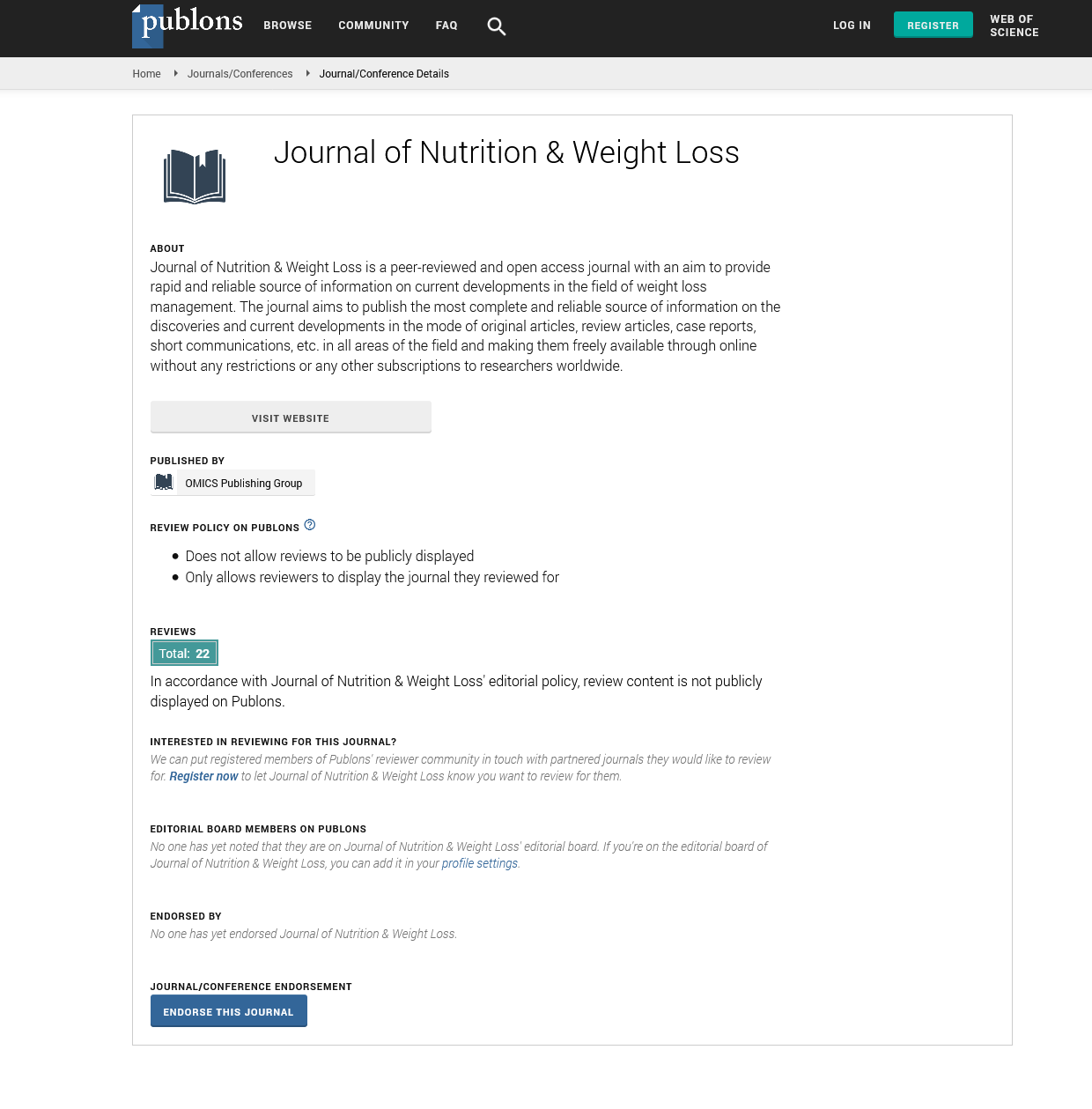Indexed In
- RefSeek
- Hamdard University
- EBSCO A-Z
- Publons
- Euro Pub
- Google Scholar
Useful Links
Share This Page
Journal Flyer

Open Access Journals
- Agri and Aquaculture
- Biochemistry
- Bioinformatics & Systems Biology
- Business & Management
- Chemistry
- Clinical Sciences
- Engineering
- Food & Nutrition
- General Science
- Genetics & Molecular Biology
- Immunology & Microbiology
- Medical Sciences
- Neuroscience & Psychology
- Nursing & Health Care
- Pharmaceutical Sciences
Sleeve gastrectomy with concomitant abdominoplasty : a novel procedure
Webinar on World Summit on Obesity and Weight Management
December 15, 2021 | Webinar
PadmaKumar RamaKrishna Pillai
Department of Laparoscopic and Metabolic Surgery, Sunrise Hospital, Kakkanad, Kochi 682030, India
Scientific Tracks Abstracts: J Nutri Weight Loss
Abstract:
Introduction: Obesity is a major problem worldwide. It is usually associated with an abdominal apron and also is a significant risk factor in abdominal hernia occurrence and recurrence. Laparoscopic Sleeve Gastrectomy (LSG) is a standalone bariatric procedure. Abdominoplasty is a common aesthetic procedure, with or without ventral hernia repair, having a wide appeal. There are no clear guidelines as to whether abdominoplasty and ventral hernia repair should be done simultaneously along with LSG in patients having these conditions. Methods: We analyzed our data of 70 patients who underwent Sleeve Gastrectomy and simultaneous Abdominoplasty. A classical Pfannenstiel incision was made and the skin flap was raised, Laparoscopic Sleeve Gastrectomy was carried out with the usual port placement on the sheath, ventral hernia (if present) was repaired, neoumbilicus created, redundant skin and fat was excised and the flap closed. Patients were followed up indefinitely, as per existing practice for bariatric procedures. The following parameters were monitored – length of hospital stay and post op analgesics, BMI, diabetic status, Hb, S.albumin, iron & folic acid levels, incidence of complications, incidence of revision abdominoplasty and the outcomes were analyzed. Results: Of the 70 patients, 63 (89.83%) had ventral hernia repair carried out. The mean length of stay was 4 days, 6 patients developed postoperative seroma, 1 patient had surgical site cellulitis whereas 3 patients developed SSI. Till date, 1 patient required a revision abdominoplasty. There have been no mesh removals or recurrent hernias. There was no mortality in this series. Discussion: This study demonstrated this procedure to be more aesthetically appealing as the scars of conventional LSG are avoided. Furthermore, it also provides the surgeon to deal with a ventral hernia at the same time, thus avoiding a separate procedure and exposure to anesthesia later on. The incidence of post op complications was comparable to that of conventional abdominoplasty and ventral hernia repair. The study also suggests avoiding this procedure in patients with BMI > 40 as it becomes technically challenging and also carries a higher risk of revision abdominoplasty. Conclusion: LSG with abdominoplasty is a safe and beneficial procedure in patients with class I& II obesity.
Biography :
Padmakumar Ramakrishnapillai, Senior Consultant Laparoscopic & Metabolic Surgeon, Director –Minimally Invasive Surgery Institute International (MISII), Department of Laparoscopic and Metabolic Surgery, Sunrise Hospital, Seaport-Airport Road, Kakkanad, Kochi 682030, India, Tel: +91-944-7230370; Fax: +91-484-2428917.


